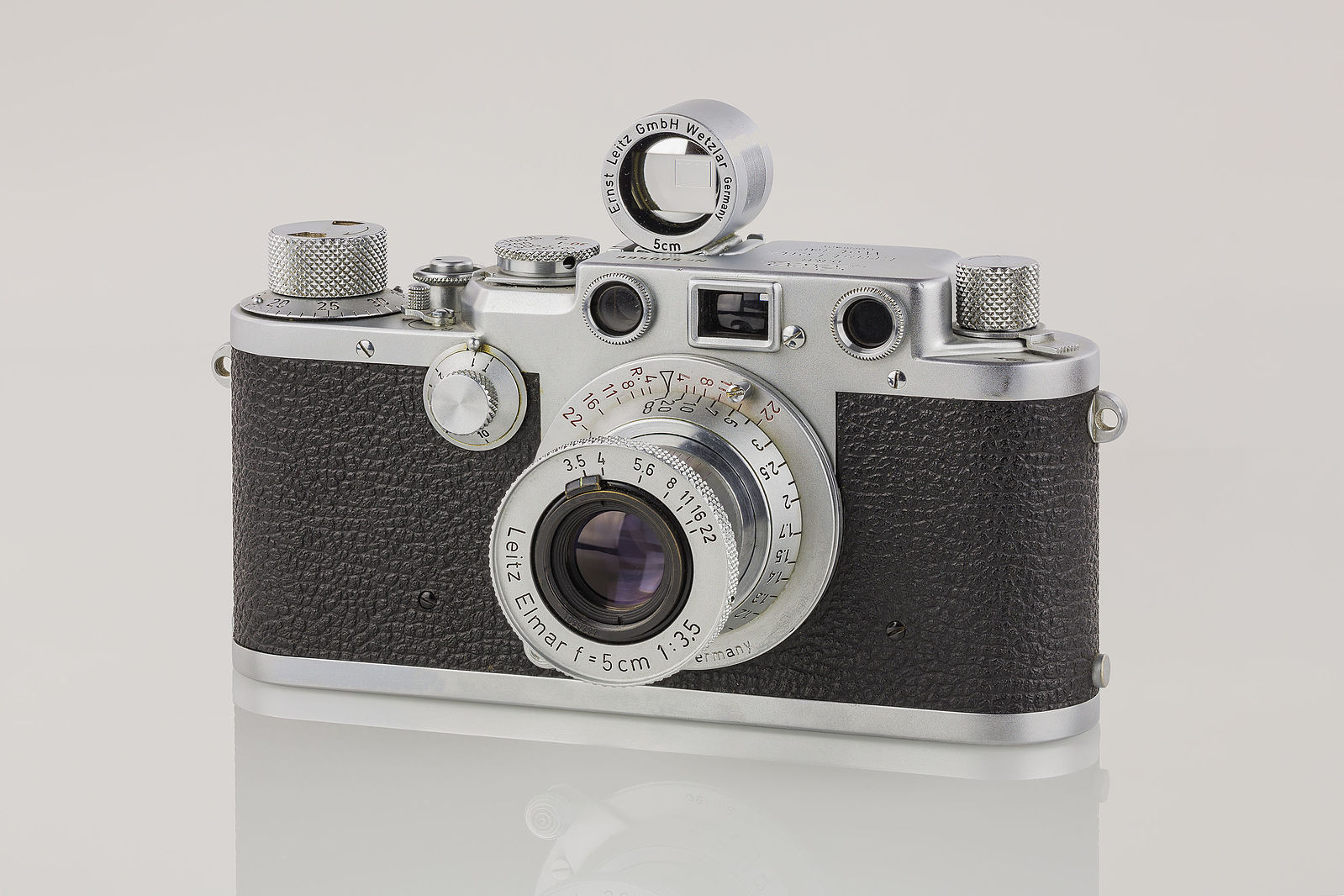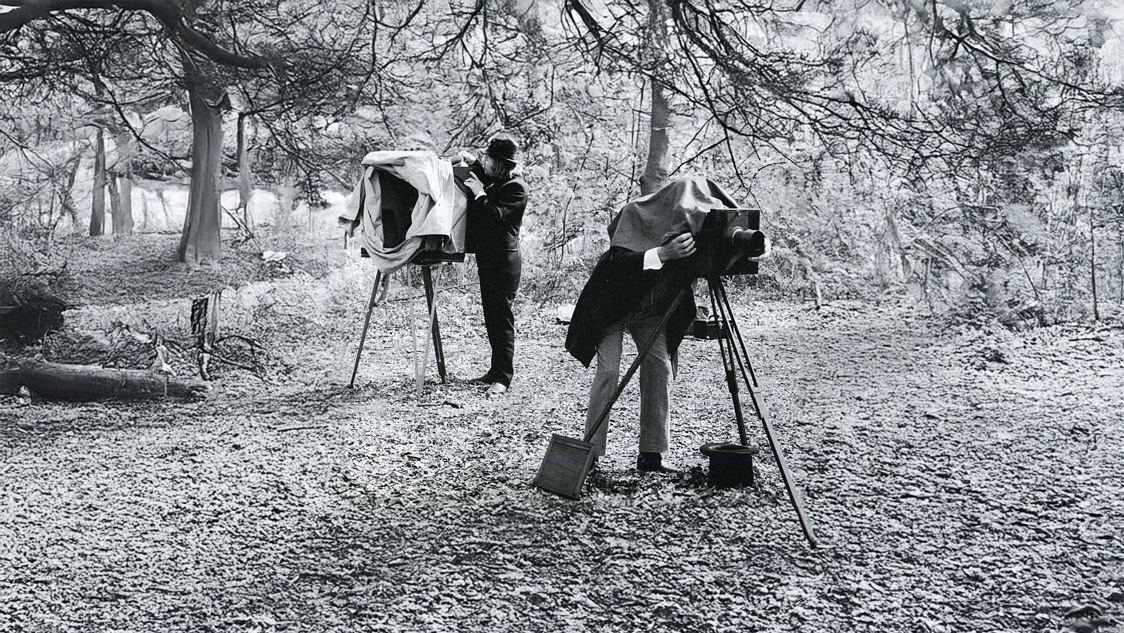What is the Camera Shutter? Camera Shutter History: From Lens Caps to Precision Mechanics

Series Introduction
Welcome to the first installment of "What is the Camera Shutter? Everything You Need to Know" - where we unravel the hidden mechanics shaping every photograph you take. This series will guide you through shutter technology's evolution, from Victorian-era contraptions to today's digital marvels. Whether you're a curious hobbyist, working professional, or camera collector, you'll discover why this humble mechanism remains photography's unsung hero.
The Dawn of Exposure Control (1840s-1870s)
Photographers in the early days faced a peculiar challenge: how to control light without modern mechanisms. The 1851 introduction of wet plate collodion photography by Frederick Scott Archer revolutionized image quality but demanded ballet-like precision. Here's what a typical session looked like:
- Prepare glass plate with sticky collodion mixture (in complete darkness)
- Insert into camera and manually remove lens cap
- Expose for 10-30 seconds depending on sunlight
- Immediately develop before emulsion dried
This "lens cap era" required photographers to double as human timers. Many resorted to counting heartbeats or singing verses to gauge exposure. The 1870s saw crude rubber bulb shutters emerge - squeeze-operated valves that gave photographers their first taste of remote triggering.

Engineering Accuracy (1880s-1910s)
The photographic arms race began when dry plates reduced exposure times to under a second. In 1887, German engineer Ottomar Anschütz patented the first focal-plane shutter using moving fabric curtains. This innovation enabled:
- Sequential exposure control
- Shutter speeds up to 1/1000th second
- Precise timing without human error
Meanwhile, companies like Kodak and Compur developed between-lens shutters. These iris-like mechanisms worked like camera eyelids, using calibrated spring tensions. By 1912, Leitz (later Leica) engineer Oskar Barnack integrated a compact shutter into his "ur-Leica" prototype - the grandfather of modern 35mm cameras.
These innovations didn't just improve photography; they created the framework for tracking shutter count. Each mechanical actuation became a measurable event, though systematic tracking wouldn't come until the digital age.
The Lifespan Metric
Modern shutters perform feats their 19th-century ancestors couldn't fathom - some mirrorless cameras hit 1/32,000th second. But physics remains undefeated: every release wears the mechanism. This is why understanding camera shutter count matters:
- Professional DSLRs average 300,000-500,000 actuations
- Entry-level models typically reach 100,000
- Shutter failure often signals camera retirement
Tools like shuttercount.net now act as digital doctors for cameras. Just as vintage watch collectors track movement hours, photographers rely on these platforms to check shutter count and assess equipment value.
Legacy of Innovation
From crude lens caps to nanosecond-precise mechanisms, shutter evolution mirrors photography's journey from alchemy to science. Today's photographers benefit from 150 years of mechanical refinement—though some continue to favor the physical sensation of mechanical shutters over silent electronic alternatives.
Next in our series: We'll explore how focal-plane shutters enabled high-speed photography and why their distinctive "clack" became the sound of photographic progress.
Technical Note: Curious about your own gear's history? Visit shuttercount.net to decode your camera's mechanical lifespan. Experienced photographers make thoughtful choices - whether shooting weddings or building a collection of classic cameras.